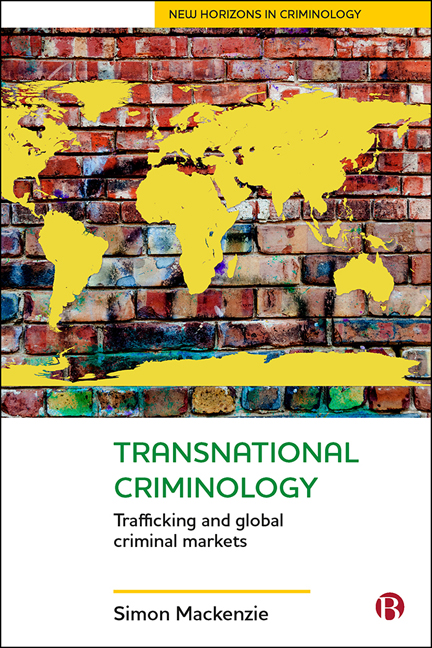Book contents
5 - Diamond Trafficking
Published online by Cambridge University Press: 25 February 2021
Summary
The nature and extent of the harm
Conflict, or ‘blood’, diamonds from regions such as Sierra Leone, Angola, Liberia and the Democratic Republic of the Congo are a small fraction of the overall diamond supply chain. In 2002, the World Peace Foundation estimated that rebels controlled between 3 and 4 per cent of the world's total rough diamond supply (Tamm 2002: 7). Although this makes conflict diamonds seem like a relatively small problem, in real terms these diamonds can fund significant conflict and death. The same report notes that ‘if an automatic weapon costs as little as ten dollars, then UNITA rebels, in control of perhaps $100 million per year income from sale of rough Angolan diamonds, can buy 100,000 weapons’ (Tamm 2002: 7). Other estimates have speculated that the proportion of blood diamonds on the market could be substantially higher than this; in one example that caused much dispute and debate, a journalist who has done ethnographic research into the illegal diamond supply chain speculated that ‘up to 25% of the 50 billion dollars in diamonds sold across the world today might be laundered’ (Miklian 2013a; Beck 2013). Since misdeclaration and under-reporting of exports is rampant, estimating the true size of the problem is a challenge, as indeed it is with other types of trafficking. However, it can be done by comparing imports and sales in market countries to known legal and illegal mining activities and declared exports from source countries. These figures show major discrepancies, revealing a sizable global illicit marketplace. For example:
In 1999, Sierra Leone officially exported $1.5 million worth of diamonds; the diamond industry estimated the real commercial value at $70 million. In addition to the official trade, tens of millions of dollars worth of diamonds were illicitly exported by the RUF, foreign troops, domestic and foreign smugglers. Much of the illicit diamond revenue was used to purchase small arms. (Montague 2002: 229)
The human rights implications of conflict diamonds are therefore significant and have captured the attention of the media since the issue first came to attention in the 1990s.
- Type
- Chapter
- Information
- Transnational CriminologyTrafficking and Global Criminal Markets, pp. 71 - 88Publisher: Bristol University PressPrint publication year: 2020



